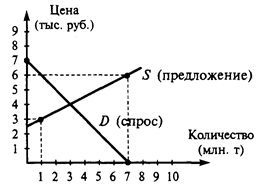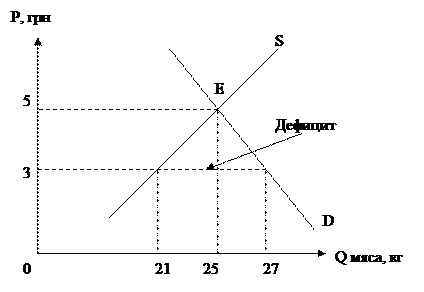WORDS AND WORD COMBINATIONS. to pay due deferenceпроявлять (выказывать)
albeit хотя и to pay due deference проявлять (выказывать) уважение, почтительность to be sanctified by history быть освященным истори- ей to be infallible быть безошибочным (безгрешным, всегда правым) to be relevant быть уместным (относя- щимся к делу, релевантным) SKIM reading: Work in pairs:look through the text and bring out the topical sentences conveying the main ideas of the text. ♦ Discuss/check your considerations with the rest of the class TEXT 2: LEGITIMACY AND POLITICAL STABILITY The issue of legitimacy, the rightfulness of a regime or system of rule, is linked to the oldest and one of the most fundamental of political debates, the problem of political obligation. The classic contribution to the understanding of legitimacy as a sociological phenomenon was provided by Max Weber who constructed three types of authority. His first type of political legitimacy, traditional authority, is based on long-established customs and traditions. In effect, traditional authority is regarded as legitimate because it has 'always existed'; it has been sanctified by history because earlier generations had accepted it. Typically, it operates according to a body of concrete rules, that is, fixed and unquestioned customs, that do not need to be justified because they reflect the way things have always been. The most obvious examples of traditional authority are found amongst tribes or small groups in the form of patriarchalism and gerontocracy. Traditional authority is closely linked to hereditary systems of power and privilege, as reflected, for example, in the survival of dynastic rule щ Saudi Arabia, Kuwait and Morocco. Although it is of marginal significance in advanced industrial societies, the survival of monarchy, albeit in a constitutional form, in the UK, Belgium, the Netherlands and Spain, for example, helps to shape political culture by keeping alive values such as deference, respect and duty. Weber's second form of legitimate domination is charismatic authority. This form of authority is based on the power of an individual's personality, that is, on his or her 'charisma'. Owing nothing to a person's status, social position or office, charismatic authority operates entirely through the capacity of a leader to make a direct and personal appeal to followers as a kind of hero or saint. Nevertheless, when legitimacy is constructed largely or entirely through the power of a leader's personality, there are usually two consequences. The first is that, as charismatic authority is not based on formal rules or procedures, it often has no limits. The leader is a Messiah, who is infallible and unquestionable; the masses become lol lowers or disciples, who are required only to submit and obey. Secondly, so closely is authority linked to a specific individual, that it is difficult for a system of personal rule to outlive its founding figure. Weber's third type of political legitimacy, legal-rational, links authority to a clearly and legally defined set of rules. In his view, li-p.iil-rational authority is the typical form of authority operating in must modern states. The power of a president, prime minister or p.vernment official is determined in the final analysis by formal, - (institutional rules, which constrain or limit what an office holder is able to do. The advantage of this form of authority over both nailitioiial and charismatic authority is that, as it is attached to an..Iticc rather than a person, it is far less likely to be abused or to give им- to injustice. Legal-rational authority therefore maintains limited ►■uuTiiment and, in addition, promotes efficiency through a rational.Imsion of labour. However, Weber also recognised a darker side to ibis lype of political legitimacy. The price of efficiency would, he i.Micd, be a more de-personalised and inhuman social environment Kpilkdby the relentless spread of bureaucratic forms of organisation. Although Weber's classification of types of legitimacy is still seen - н-lcvant, it also has its limitations. One of these is that, in focusing mi ihe legitimacy of a political regime or system of rule, it tells us
little about the circumstances in which political authority is challenged as a result of unpopular policies or a discredited leader or government. More significantly, as Beetham' (1991) pointed out, to see legitimacy, as Weber did, as nothing more than a 'belief in legitimacy' is to ignore how it is brought about. This may leave the determination of legitimacy largely in the hands of the powerful, who may be able 'to manufacture' rightfulness through public-relations campaigns and the like. Beetham suggested that power can only be said to be legitimate if three conditions are fulfilled. First, power must be exercised according to established rules whether these are embodied in formal legal codes or informal conventions. Secondly, these rules must be justified in terms of the shared beliefs of the government and the governed. Thirdly, legitimacy must be demonstrated by an expression of consent on the part of the governed that, however unpopular leaders and policies might become, governments are elected to power, and can be elected out of it. This highlights two key features of the legitimation process. The first is the existence of elections and party competition, a system through which popular consent can be exercised. The second is the existence of constitutional rules that broadly reflect how people feel they should be governed.
|




